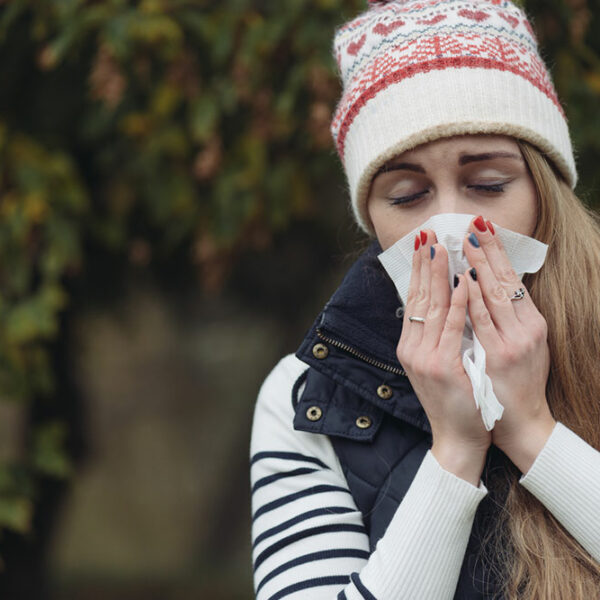
01
health
8 health issues that may be caused by jewelry
Jewelry is a delightful way to express one’s style. It helps elevate one’s look and adds a dimension to the outfit. However, individuals should be mindful of the potential health implications associated with certain materials and styles. By being aware of these health hazards, individuals can make informed decisions to prioritize style and well-being. By balancing one’s fashion preferences with due consideration for personal health, one can simultaneously ensure one looks and feels good. 8 jewelry-related health issues to note Risks of body piercing infections While body piercings and jewelry can be a form of self-expression, improper care may lead to infections. Poorly sterilized piercing equipment or inadequate aftercare can contribute to complications. One can also have an allergic reaction to a piercing. Adhering to hygiene practices and opting for high-quality, hypoallergenic jewelry reduces the risk of infection. Choking hazards for children Children’s jewelry, especially pieces with small charms or beads, can pose choking hazards for children. Parents and caregivers should be cautious when selecting jewelry for young children, ensuring that it meets safety standards and doesn’t have small components that could be swallowed. Neck and back strain from heavy necklaces Long and heavy necklaces can contribute to neck and back strain, especially if worn for extended periods.

















